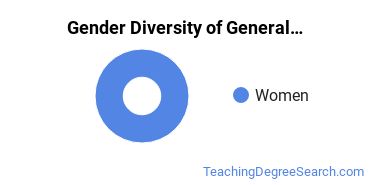General Education at Community College of Philadelphia
Community College of Philadelphia is located in Philadelphia, Pennsylvania and has a total student population of 13,672.
Want to know more about the career opportunities in this field? Check out the Careers in General Education section at the bottom of this page.
Community College of Philadelphia General Education Degrees Available
- Associate’s Degree in General Education
Community College of Philadelphia General Education Rankings
General Education Student Demographics at Community College of Philadelphia
Take a look at the following statistics related to the make-up of the general education majors at Community College of Philadelphia.
Community College of Philadelphia General Education Associate’s Program

The following table and chart show the race/ethnicity for students who recently graduated from Community College of Philadelphia with a associate's in general education.

| Race/Ethnicity | Number of Students |
|---|---|
| Asian | 0 |
| Black or African American | 0 |
| Hispanic or Latino | 1 |
| White | 0 |
| International Students | 0 |
| Other Races/Ethnicities | 0 |
Careers That General Education Grads May Go Into
A degree in general education can lead to the following careers. Since job numbers and average salaries can vary by geographic location, we have only included the numbers for PA, the home state for Community College of Philadelphia.
| Occupation | Jobs in PA | Average Salary in PA |
|---|---|---|
| Education Professors | 2,690 | $70,990 |
References
*The racial-ethnic minorities count is calculated by taking the total number of students and subtracting white students, international students, and students whose race/ethnicity was unknown. This number is then divided by the total number of students at the school to obtain the racial-ethnic minorities percentage.
More about our data sources and methodologies.
